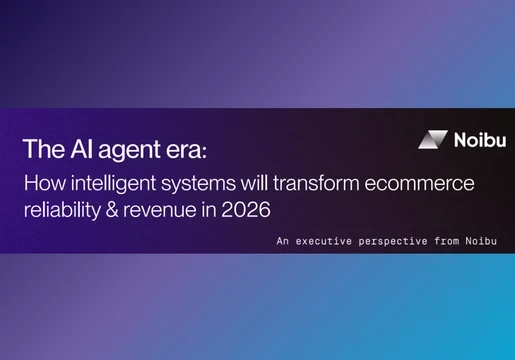Contributed by Karl Nicholson, Technology Evangelist, Slack
In 2023, uniting technology teams to tackle new challenges and deliver business impact will be more important than ever.
Yet driving gains in these areas is challenging with businesses facing related hurdles—one of the foremost being the tech skills gap. In fact, there were nearly 2 million vacancies in UK tech last year and over a quarter of all workers don’t feel confident in any digital skills. Plugging these gaps with the right tech talent—and transforming how those teams work together—will be essential for businesses to flourish in 2023 and beyond.

Driving productivity through flexibility
At times of economic uncertainty, it can be tempting to see a retreat to the status quo as a form of security. Yet this confuses being resilient with fearing change. The first mindset can protect organisations from shocks, while the second only exposes them further.
Businesses seeking to build and nurture tech talent should keep this in mind as they consider their approach to securing great hires in the year ahead. In recent times, organisations the world over have embraced more flexible approaches to work. That flexibility is now seen as essential to workers—who cite flexible work policies as the number one factor that has improved company culture in the past two years.
In tech roles, where competition for talent is fierce, flexibility must be part of the offer for prospective hires—as well as a way to retain existing ones. In contrast, pushing hard for a full return to the office under the guise of economic uncertainty is only likely to backfire.
However, flexibility isn’t only about meeting tech talent on their level. It also serves the business—workers who have full schedule flexibility report 29% higher productivity, and a 53% greater ability to focus, than workers without.
The question, then, is: what solutions can empower tech teams with flexible ways of working that benefit employees, as well as the organisation? Today, that question has been answered by the digital headquarters (HQ).
Delivering flexibility in the digital HQ
In hybrid work, the one office that every employee attends each day is the digital one. Tools like Slack act as a single digital space where work flows between tech teams, partners, and customers. It’s a place where everyone can come together, find the information they need, align behind objectives, and execute work.
In the digital HQ, work is taken out of chaotic email inboxes or inefficient meetings and is placed into channels—which act as a way of organising conversations around topics, projects, or initiatives. In any given channel, everyone involved in a specific piece of work has visibility of the latest updates, access to the right files, and the ability to instantly find the information they need alongside the context around decisions. This means work can move faster and more can be achieved.
But what does this have to do with flexibility?
Using a channel-based digital HQ means collaboration is no longer limited by inflexible meetings or a shared physical location. People can instead access the updates they need on-demand, with all information easily accessible by members of each channel. Second, by using asynchronous audio and video clips to share information, teams can catch up when it works for them.
For tech teams, this drives focus, flow, and productivity. Meanwhile, granular control over notifications—for example, setting snooze times to avoid distractions—means technology pros can focus on the jobs they were hired for, rather than the busywork of meetings and inbox-management that often can dominate their days. That means faster problem solving, greater agility, and more impactful results for businesses.
Building more agile tech teams in 2023
To see the impact of the digital HQ in action, businesses only have to look to Man Group, which shifted its 1,400-member workforce across 19 offices to a digital HQ during the pandemic. Not only has Man Group gained the benefits of flexibility that come with working in the digital HQ, but it’s also used it to transform work processes.
For example, using automations in the digital HQ, teams at Man Group can now onboard new users rapidly—helping them get up to speed quickly. By automating processes like onboarding, technology hires don’t have to wait around for lengthy training sessions or run the risk of not receiving key information, they can do what they do best—hit the ground running. At Man Group, they’re also using automations to field and action incoming IT requests—simplifying what can be a time-consuming process, meaning teams have more flexibility over the tasks they can do—driving even more efficiency for the team.
In short, while the digital HQ initially enabled continuity, it’s now leading a long term shift to more productive and efficient modes of collaboration.
With macroeconomic challenges growing, attracting great tech hires, and empowering them to deliver their best work, will be key. To do this, UK businesses should take inspiration from those like Man Group—which recognised rapidly that productivity and flexibility are complementary.
The digital HQ helps to deliver both and will be central to ensuring organisations attract great tech talent—and then unleash their full potential once onboard.







Comments ( 0 )